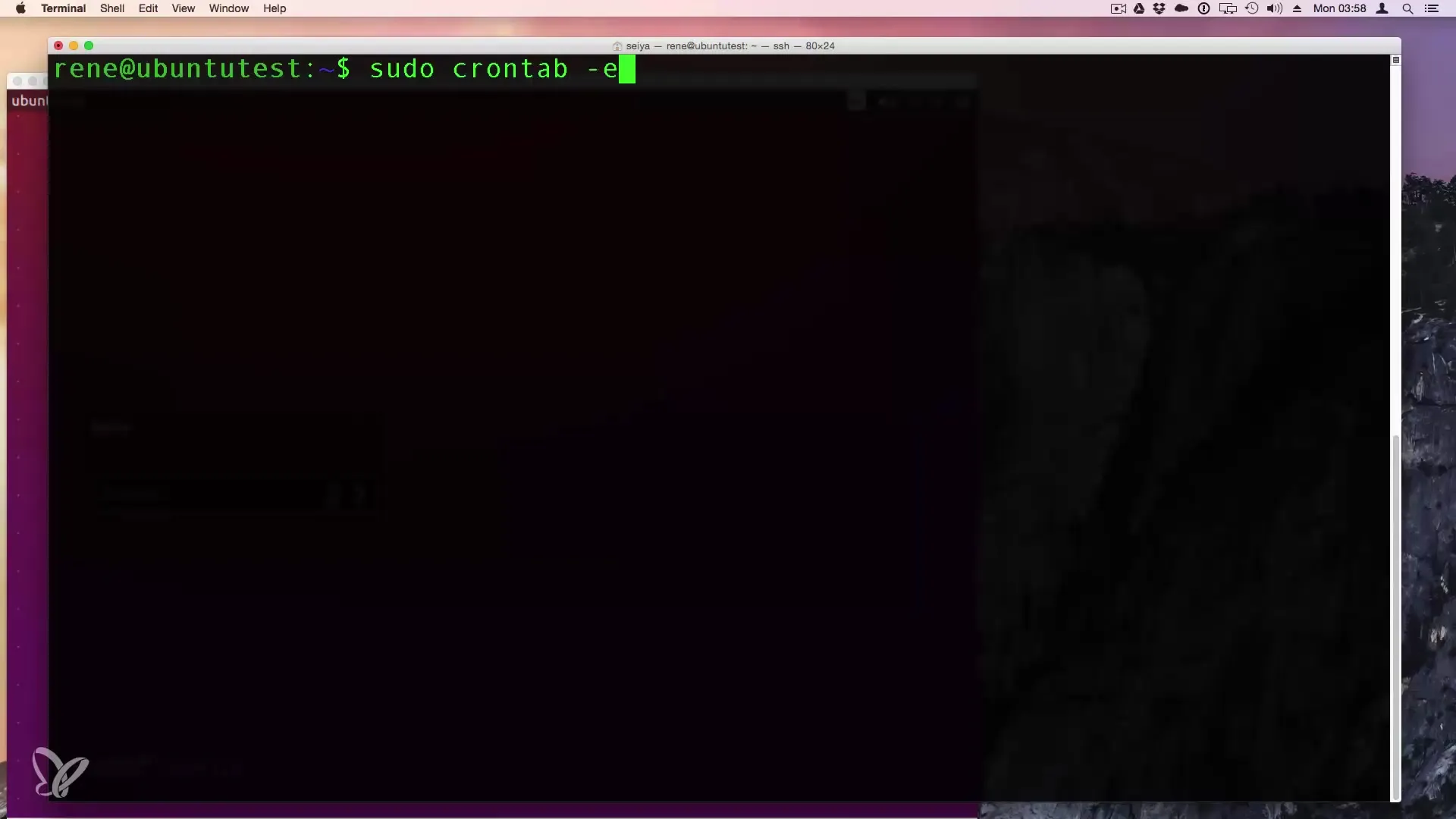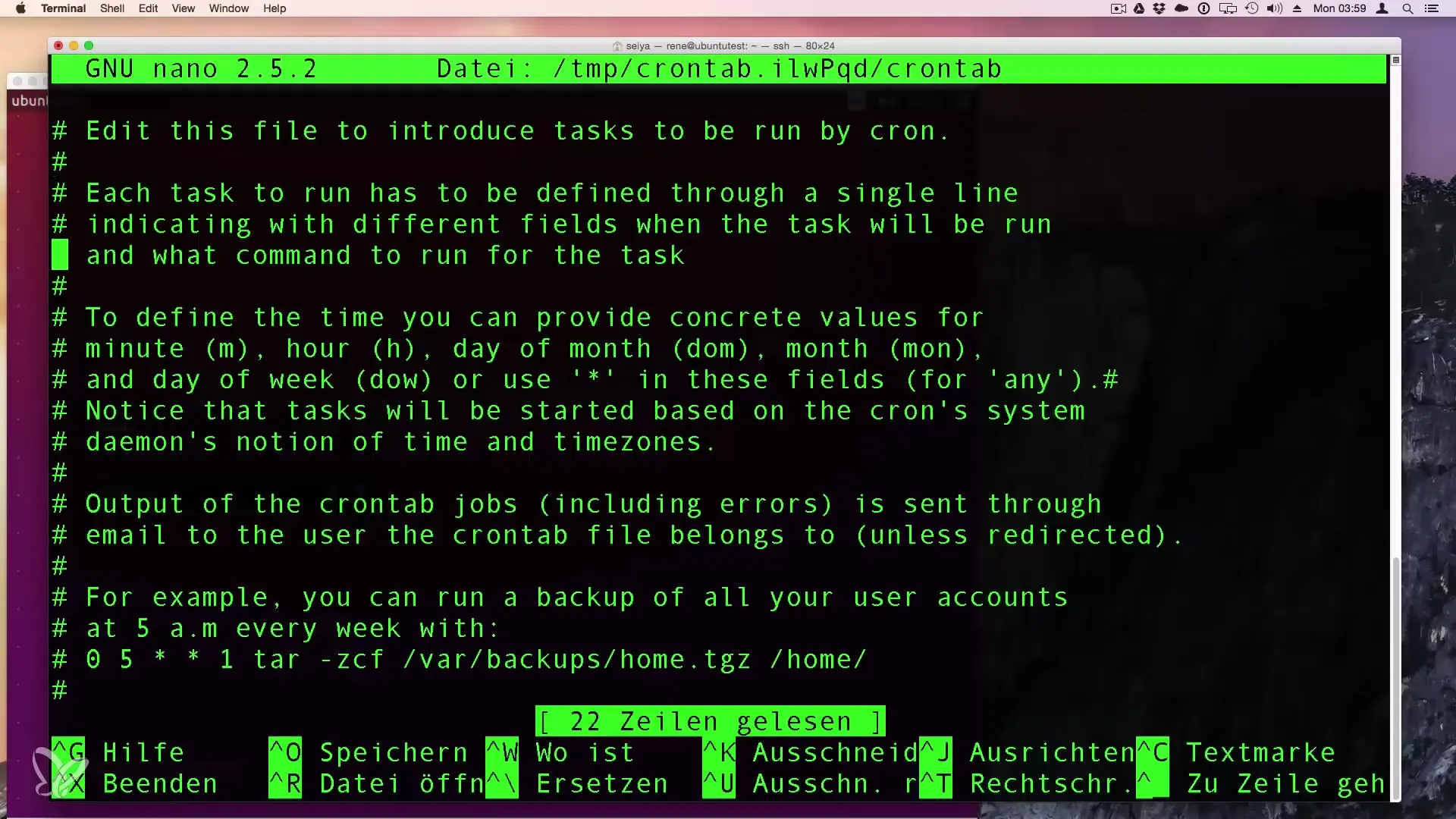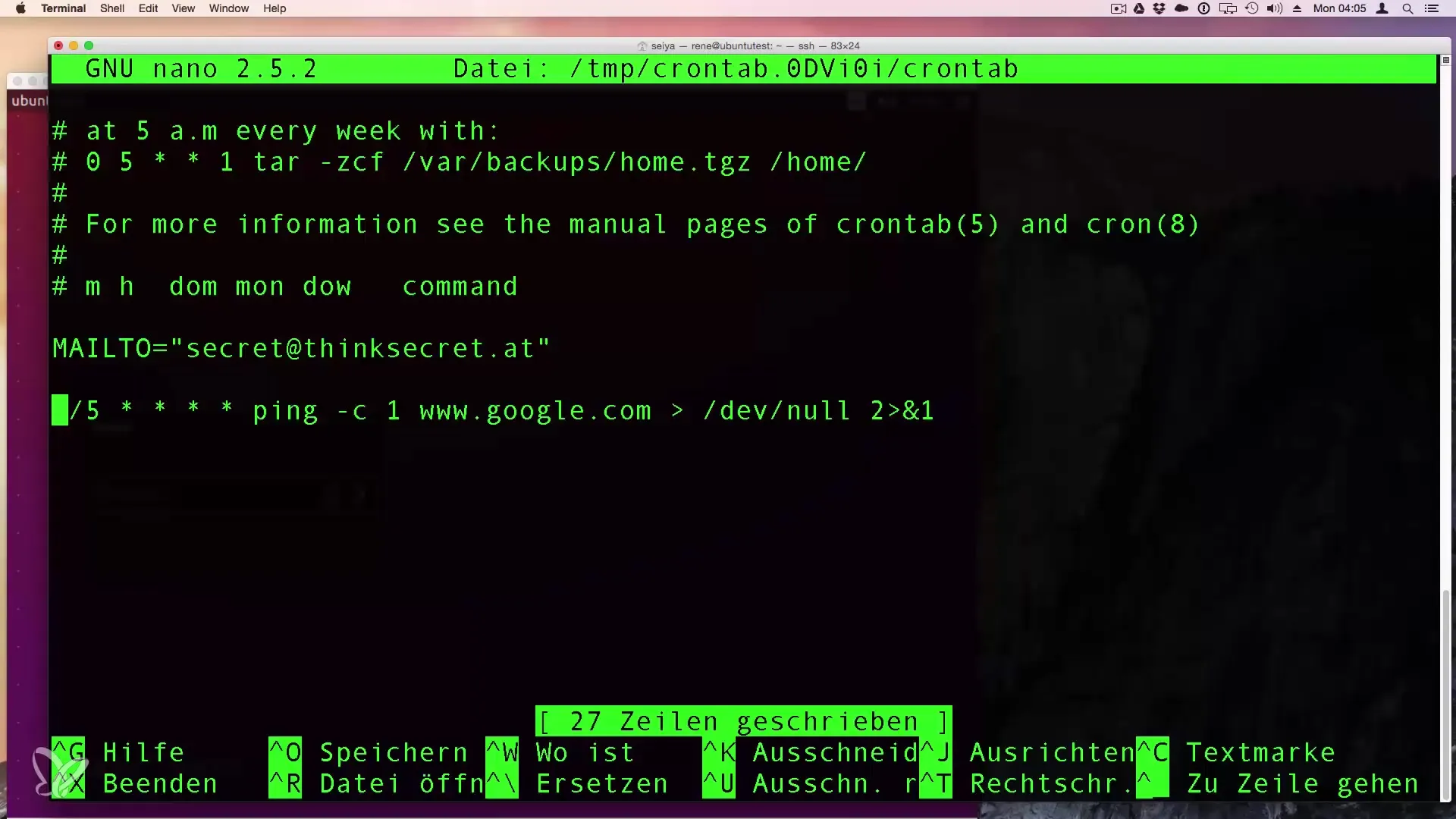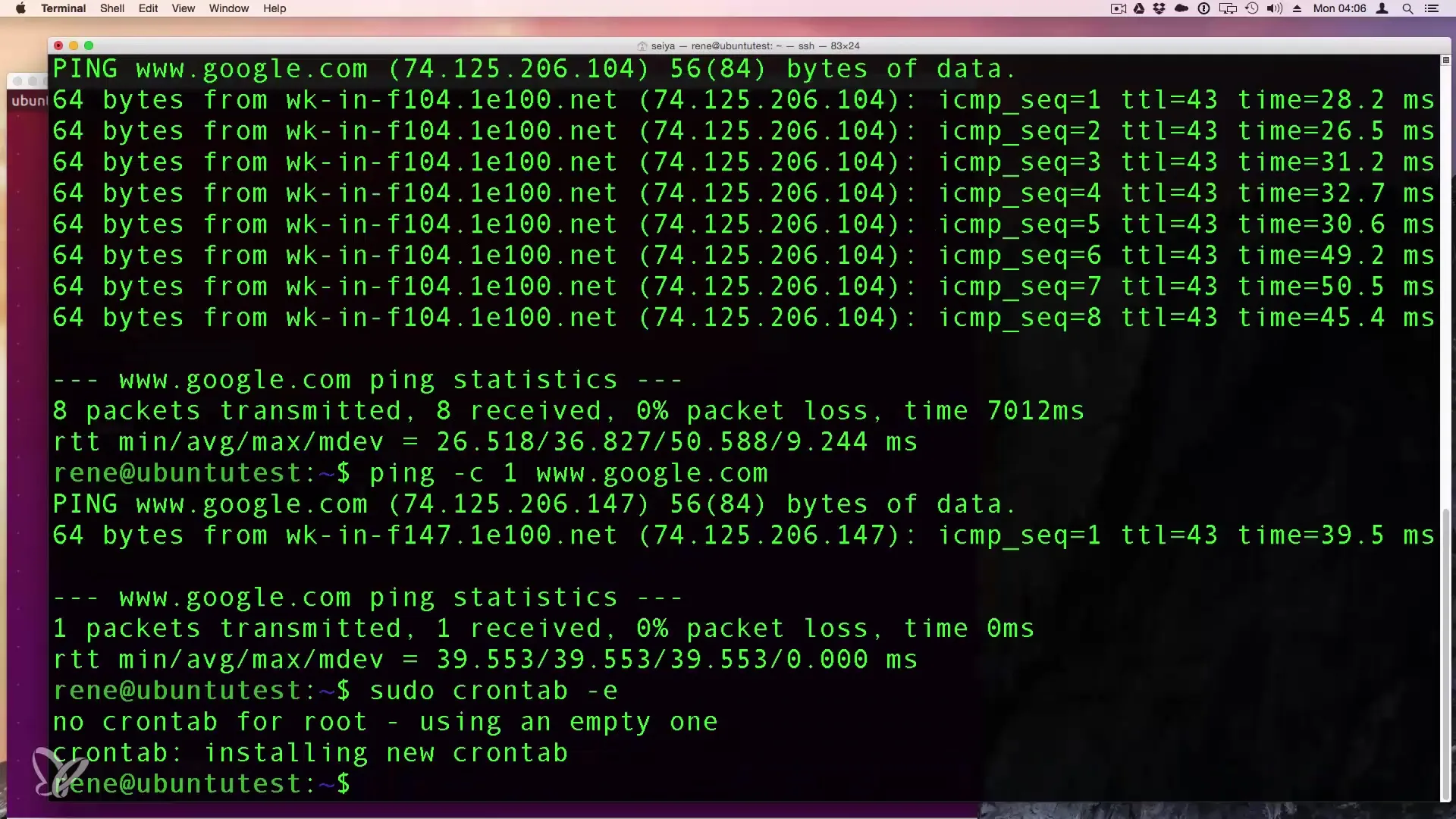Automation is a key to working efficiently in the world of software development and system administration. Linux offers a powerful way to schedule and execute recurring tasks with Cron. In this guide, you will learn how to set up Cronjobs to automatically execute scripts or commands at specified times. Whether you want to run a simple script every 5 minutes or manage system-wide tasks – here you will find the necessary steps.
Main Insights
- Cron is a service in Linux for scheduling tasks.
- Each user can create their own Cronjobs, while system-wide jobs require root privileges.
- The syntax for the Cronjob settings takes into account minutes, hours, days, months, and weekdays.
- With Cron, you can automatically perform actions like pinging a website and be notified by email in case of problems.
Step-by-Step Guide
1. Accessing Cron and Creating a Cronjob
To work with Cron, open the terminal and use the command crontab -e to create a new Cronjob. This opens the Cron editor, which allows you to edit your Cronjobs. The corresponding timestamp for this step is 48 seconds.

2. Choosing the Editor
Upon first starting the Cronjob editor, you will be asked which editor you would like to use. For beginners, the nano editor is recommended, as it offers simple navigation. Confirm with "Enter" to proceed. The timestamps for this step are 58 to 74 seconds.
3. Understanding the Cron Job Syntax
A Cronjob consists of five time fields, followed by the command to be executed. The syntax looks like this:
- /command/to/execute
Each asterisk (*) stands for a specific time specification:
- Minute
- Hour
- Day of the Month
- Month
- Day of the Week
The timestamps for this are 87 to 104 seconds.

4. Creating a Cronjob for Pings
Suppose you want to ping a website every 5 minutes to check its availability. You can schedule the job like this:
/5 * ping -c 1 google.com
This will execute the ping command, testing the website every 5 minutes. The timestamp for these steps is 115 to 125 seconds.

5. Error Outputs and Email Notifications
If the website is unreachable, you want to be informed about it. To do this, you can adjust the job to redirect errors to an email:
/5 * ping -c 1 google.com || mail -s "Website Unreachable" your.email@example.com
The syntax after the || will send an email if the ping was not successful. The relevant timestamps are 130 to 134 seconds.
6. Saving and Exiting the Editor
To save the changes and exit the editor, press CTRL + X, followed by Y for Yes and Enter. Your Cronjob is now set up and active. The timestamps for this step are 486 to 491 seconds.

7. Checking and Adjusting Cronjobs
If you want to add more Cronjobs, you can do this in the same Cronjob file by simply adding more lines. Be sure to maintain the correct syntax. After saving, you will receive the feedback "lines have been written." The timestamp for this is 530 to 534 seconds.

Summary - Setting Up Cronjobs in Linux for Automation
Cronjobs are a powerful way to automate recurring tasks in Linux. In this guide, you learned how to access your Cronjobs, how to use the correct syntax, and how to implement email notifications if necessary. With this knowledge, you can significantly improve your workflows in system management by automating time-consuming tasks.
Frequently Asked Questions
What is a Cronjob?A Cronjob is a time-scheduled script or program in Linux that runs at regular intervals.
How can I create a Cronjob?Use the command crontab -e in the terminal to open the editor and add new Cronjobs.
Can I create Cronjobs for every user?Yes, each user can create their own Cronjobs, while system-wide Cronjobs require administrator rights.
How often can I run a Cronjob?Cronjobs can be run at any intervals by specifying the appropriate values in the Cronjob syntax.
What is the difference between a user Cronjob and a system Cronjob?User Cronjobs are limited to individual user accounts, while system Cronjobs apply to all users of the system.


